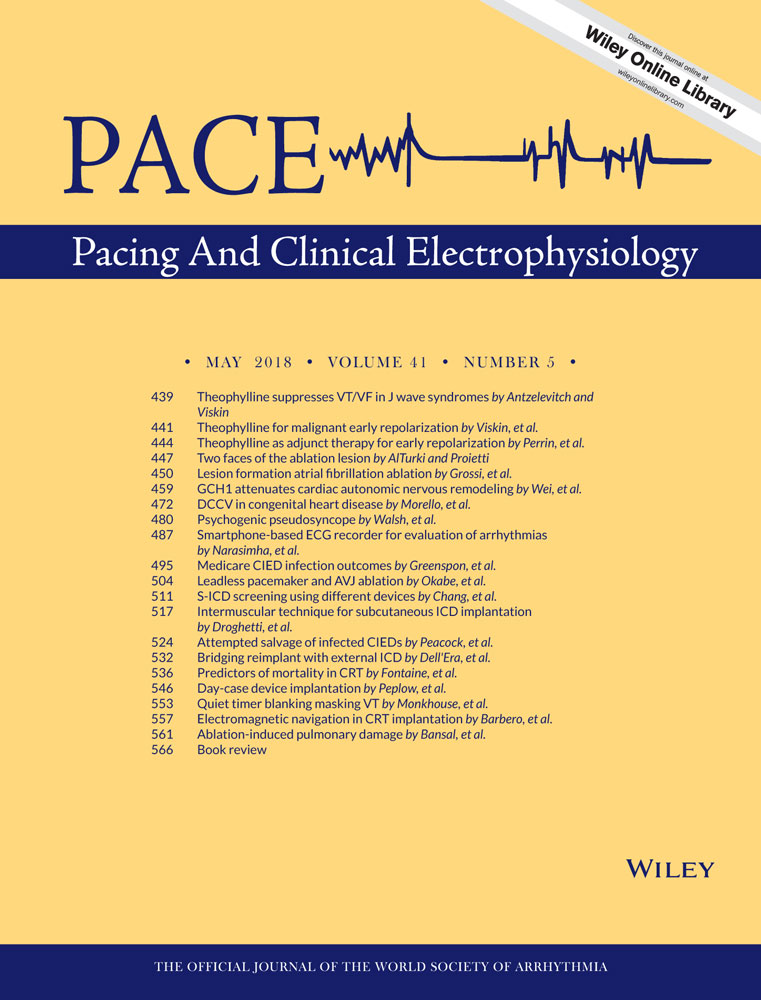A comparison of contact force and remote magnetic navigation on lesion formation for the ablation of atrial fibrillation
Disclosure: No disclosure. No funding resources were used.
All authors have read and approved the submitted version of the manuscript.
Abstract
Rationale
Pulmonary vein isolation (PVI) is the method of choice for the treatment of drug-resistant atrial fibrillation (AF). However, arrhythmia recurrences are frequent due to suboptimal lesions formation and pulmonary vein reconnection. Contact force (CF)- and remote magnetic navigation (RMN)-guided catheters are both capable of improving contact and energy transfer to the tissue, possibly improving PVI outcome.
Objective
The objective of our study was to compare CF- and RMN-guided PVI in patients with paroxysmal AF in terms of surrogate parameters of the dimension and quality of the lesions.
Methods and results
Between March 2014 and March 2016, 44 patients affected by paroxysmal AF underwent a circumferential PVI procedure, 22 with a CF catheter and 22 with a RMN catheter. Signals were recorded before and after 30 seconds of radiofrequency point-by-point delivery. For each location, signal energy attenuation and impedance drop were evaluated as lesion dimension surrogates and signal fragmentation and shrinkage were estimated as lesion quality surrogates. Statistical analysis shows that CF catheter achieves higher attenuation and impedance drop than RMN-guided catheter, which instead performs better in terms of shrinkage and fragmentation. There were no differences in terms of PVI rate and sinus rhythm maintenance 1 year after the procedure (77.2% in both groups).
Conclusions
CF-guided catheters produce lesions that are larger but less homogeneous than those produced by RMN-guided catheters in terms of surrogate parameters. These two features could possibly offset each other, resulting in identical acute and long-term outcomes.




